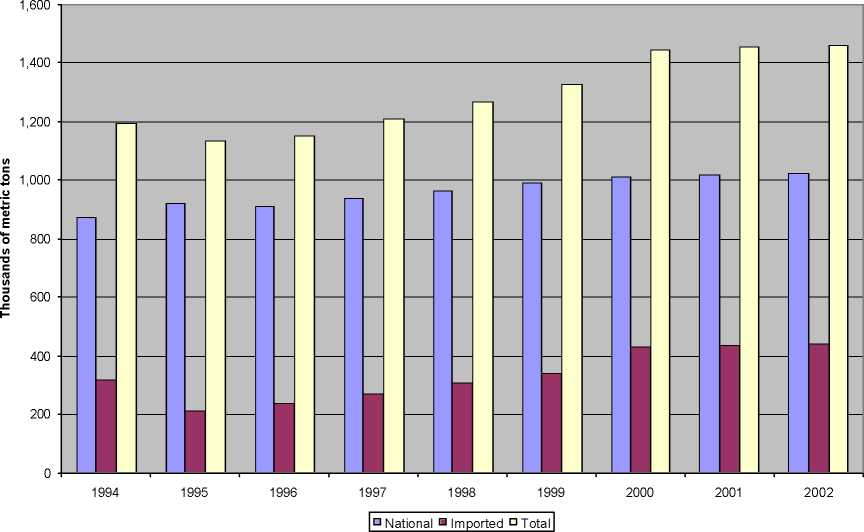Figure 1--Mexican Pork Consumption, 1994-2002

In addition, an important change has occurred in the composition of pork
imports. In 1994, meat constituted only 26 percent of Mexican pork
imports, while byproducts (lard, skin, and viscera) accounted for 74 percent
(fig. 2). By 2002, the share associated with meat had grown to 52 percent.
Meat’s rising share of imports is a consequence of the decline in national
production capacity suffered during the economic crisis of late 1994 and
1995. Although the flashpoint of this crisis was the sudden devaluation of
the Mexican peso in December 1994, the deepest pain was felt in 1995,
when the economy contracted by 6.2 percent in real terms (INEGI). On-
hoof imports (live hogs) are relatively small in volume, but this trade acts as
a price modulator in the Mexican market.
More intriguing information
1. INTERPERSONAL RELATIONS AND GROUP PROCESSES2. Linking Indigenous Social Capital to a Global Economy
3. Review of “From Political Economy to Economics: Method, the Social and Historical Evolution of Economic Theory”
4. Evidence of coevolution in multi-objective evolutionary algorithms
5. The name is absent
6. Telecommuting and environmental policy - lessons from the Ecommute program
7. Ability grouping in the secondary school: attitudes of teachers of practically based subjects
8. The Distribution of Income of Self-employed, Entrepreneurs and Professions as Revealed from Micro Income Tax Statistics in Germany
9. Rent Dissipation in Chartered Recreational Fishing: Inside the Black Box
10. Should Local Public Employment Services be Merged with the Local Social Benefit Administrations?